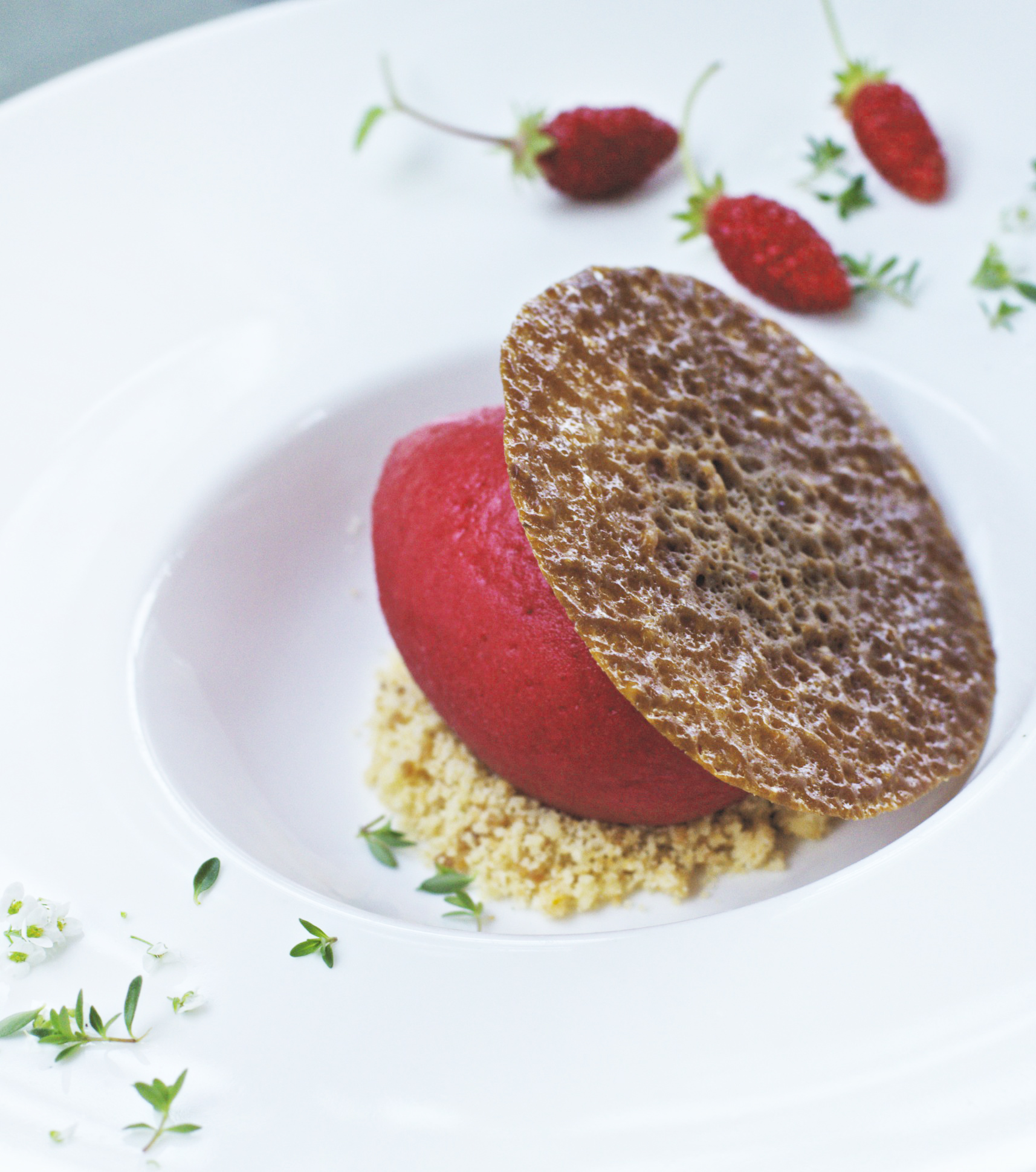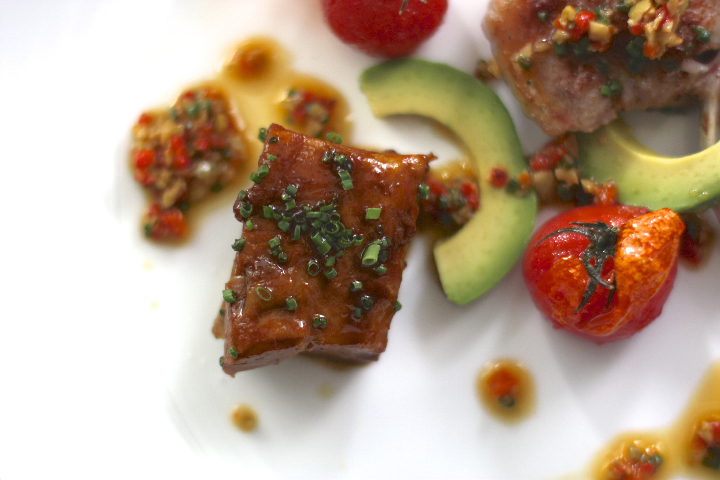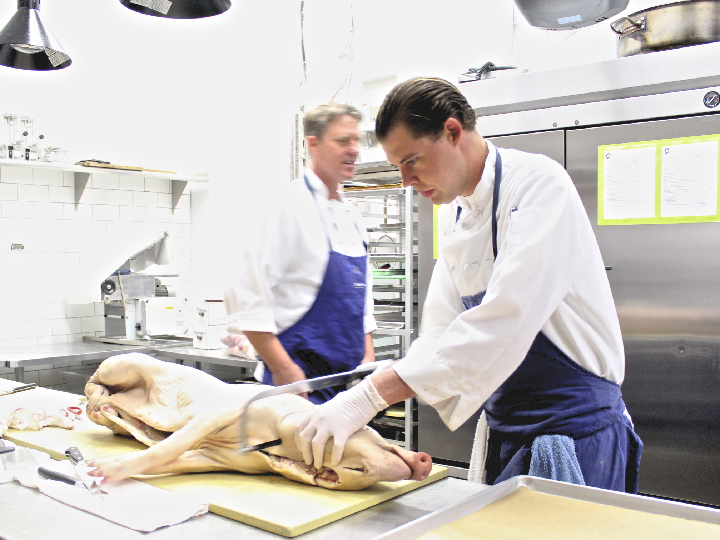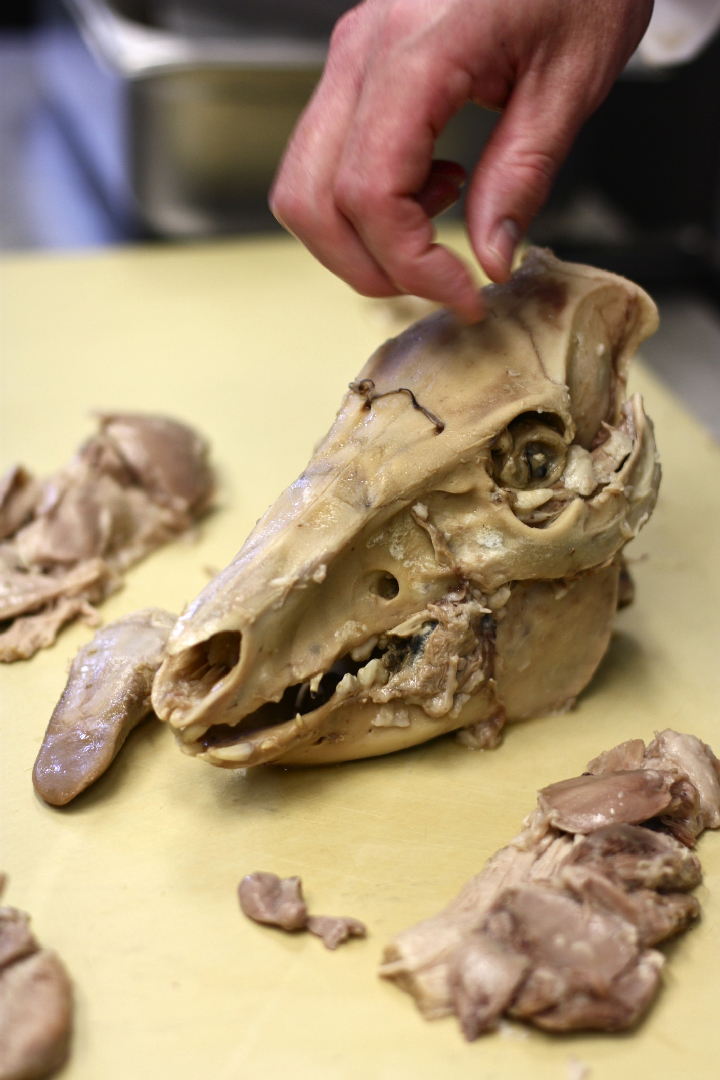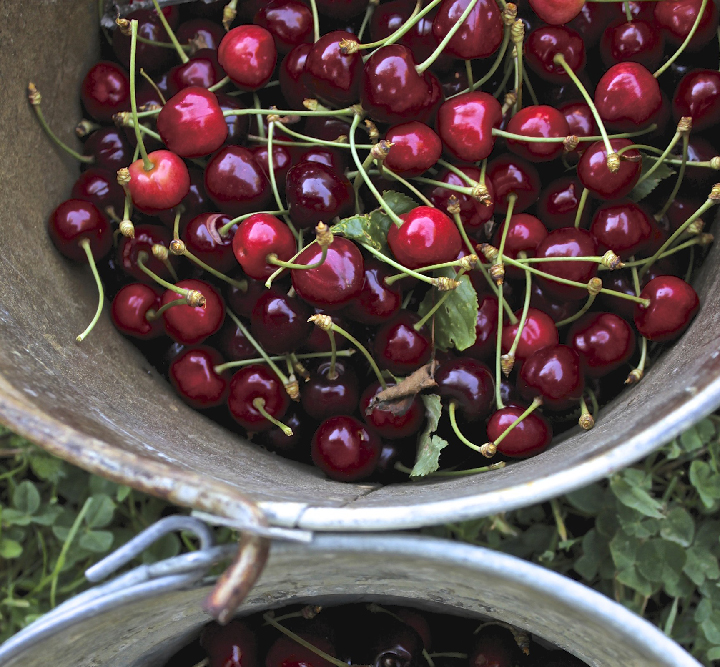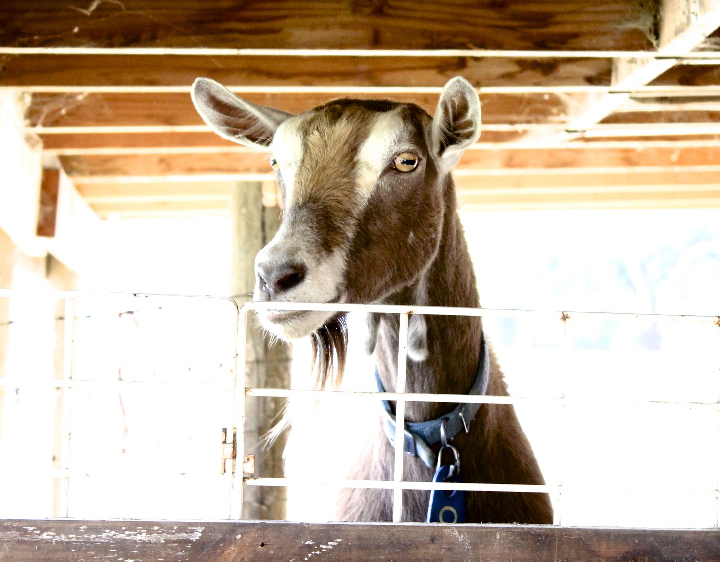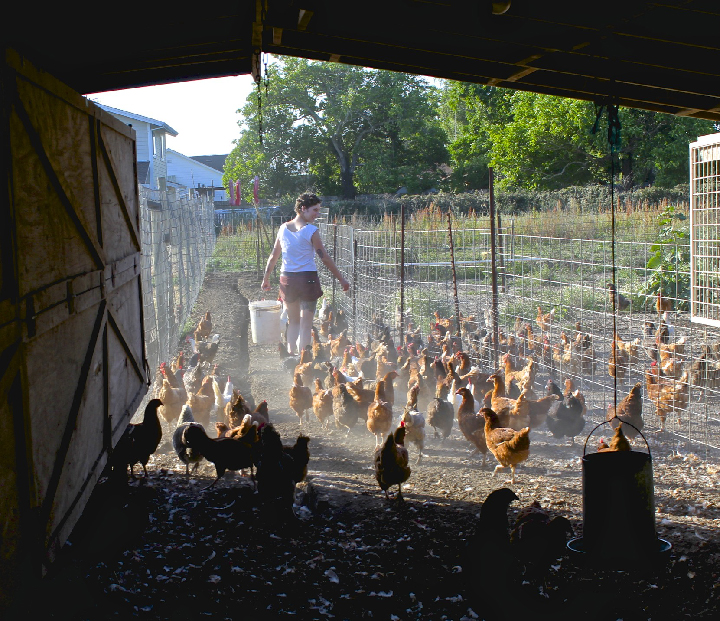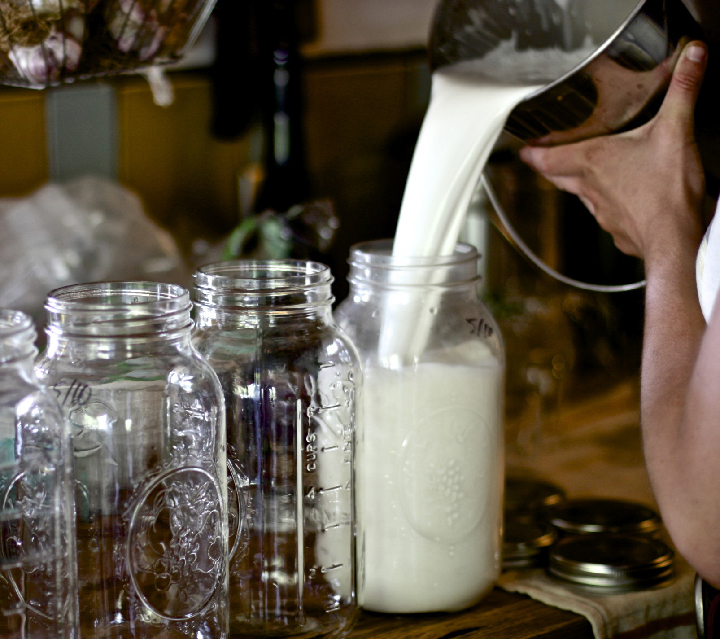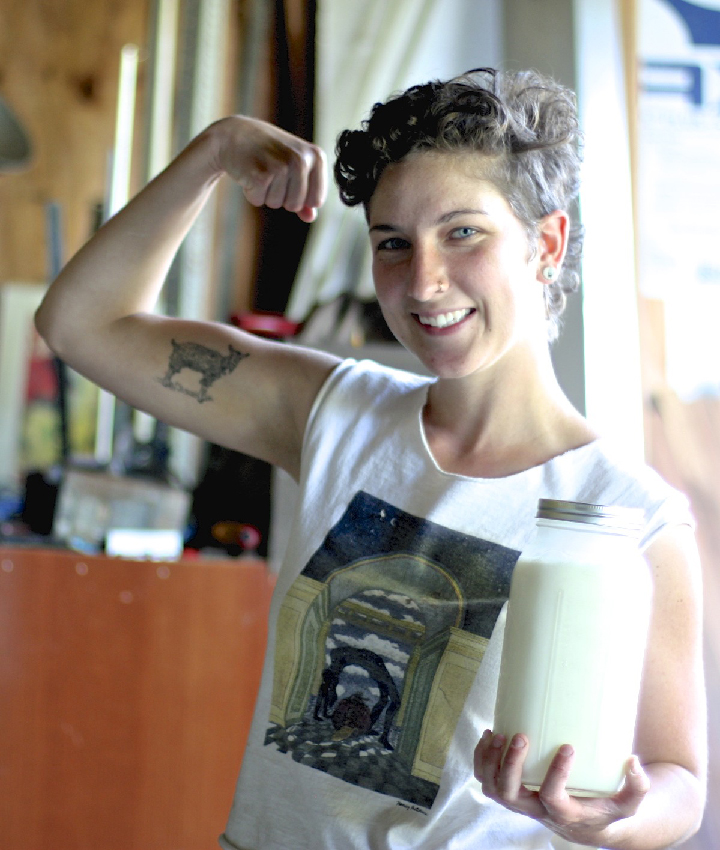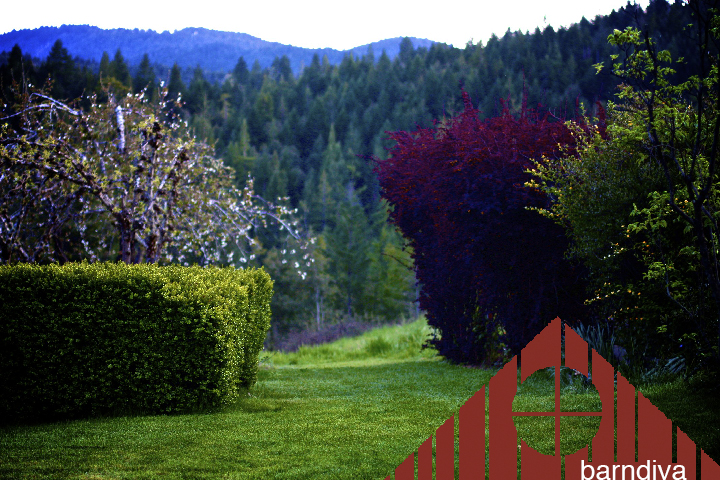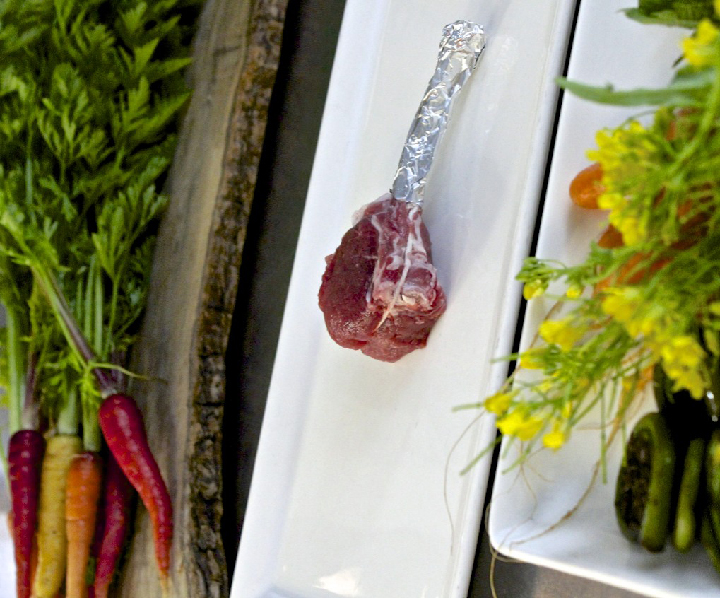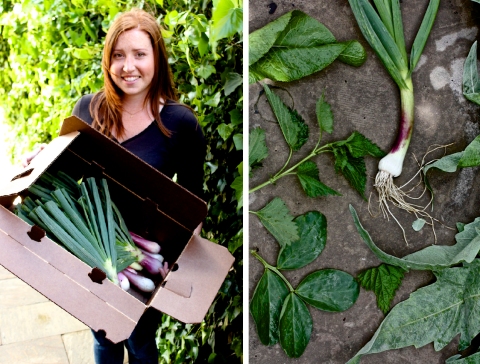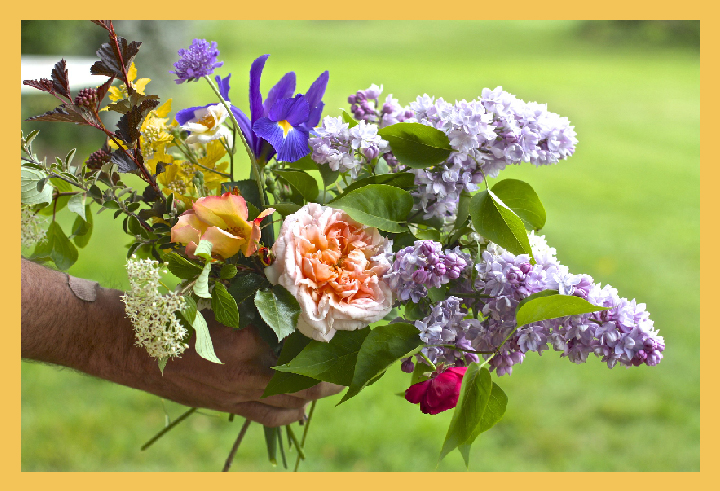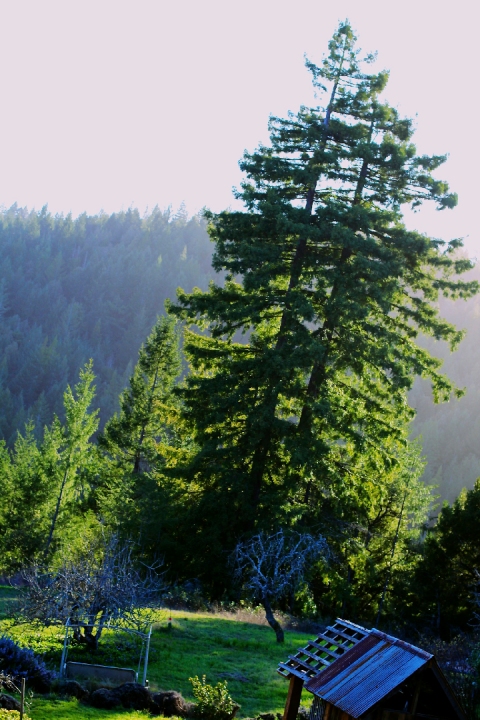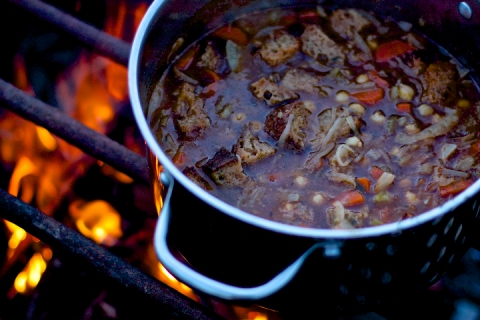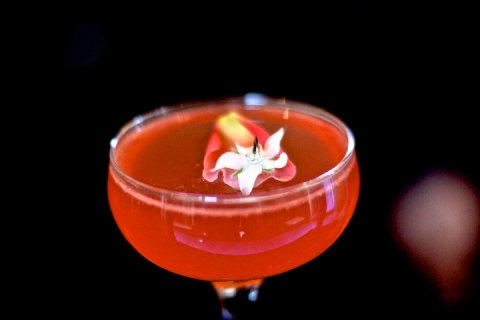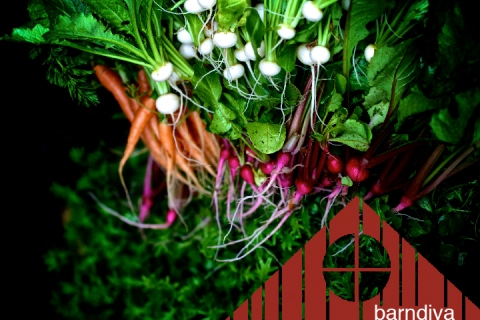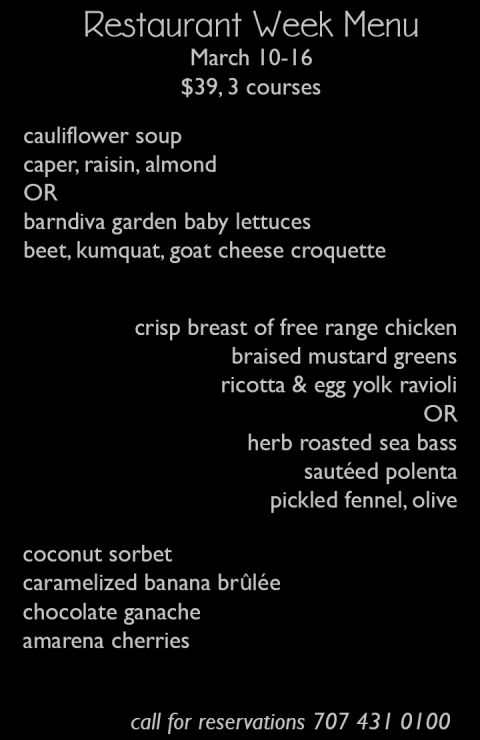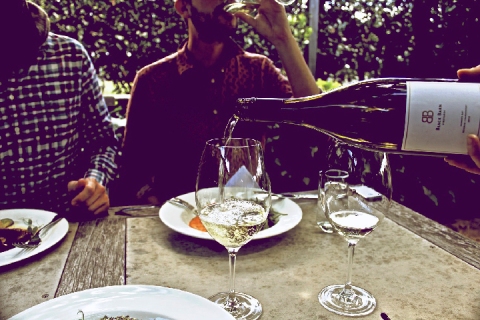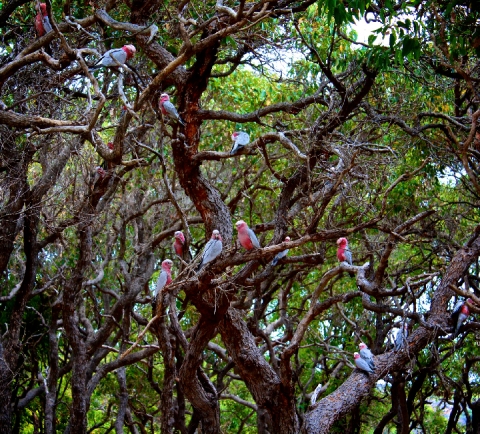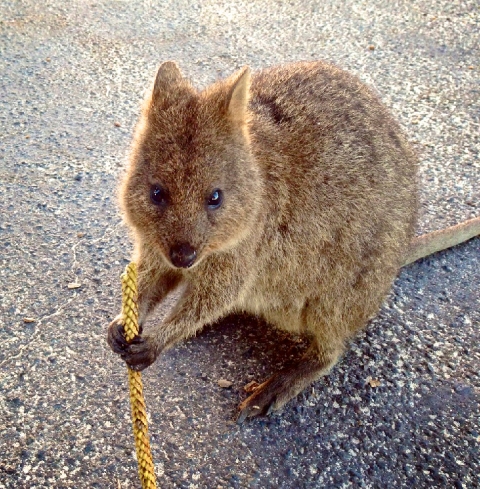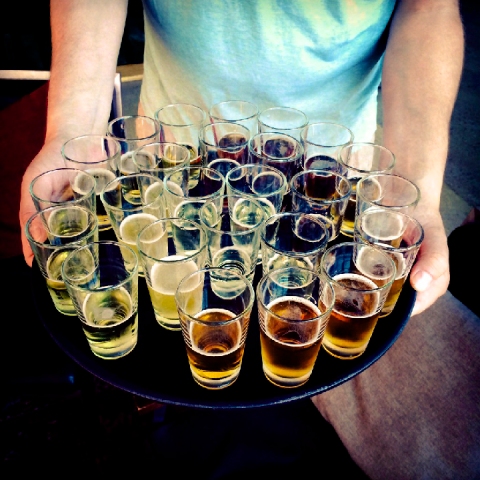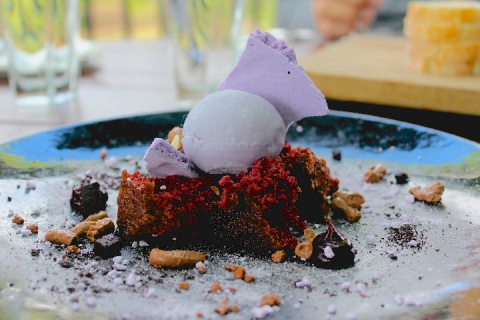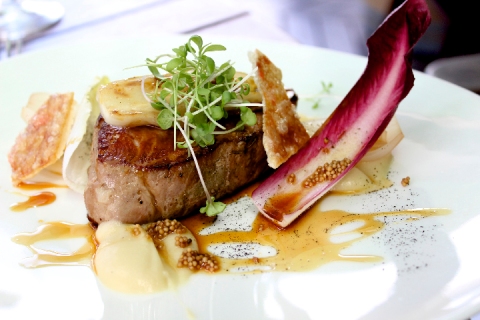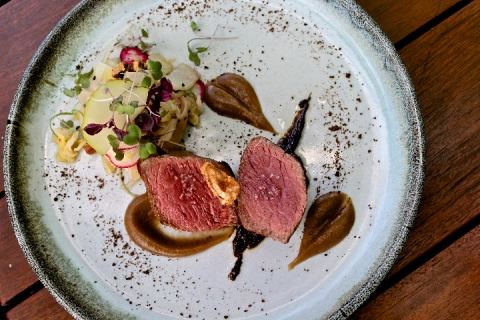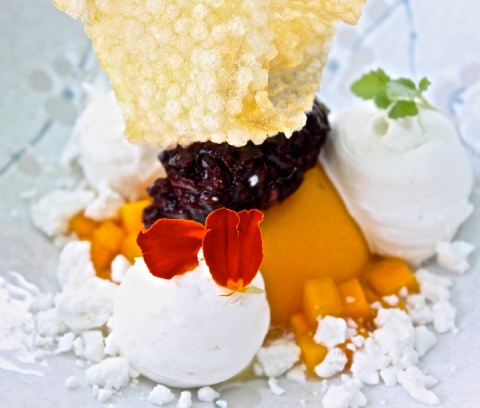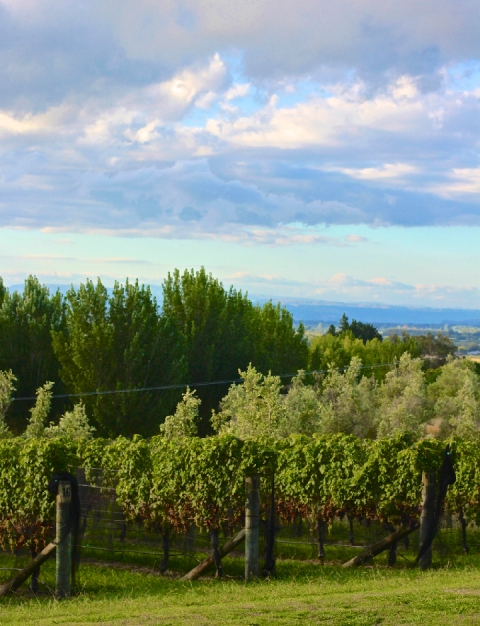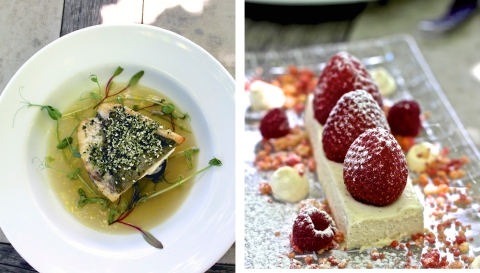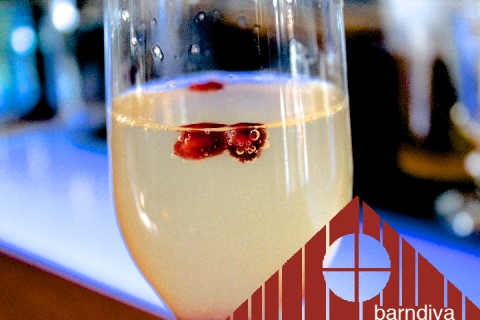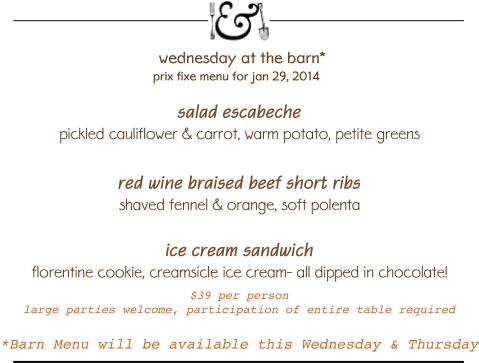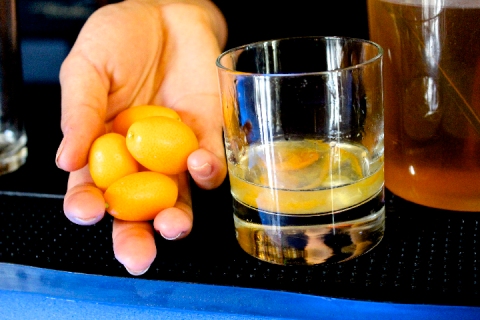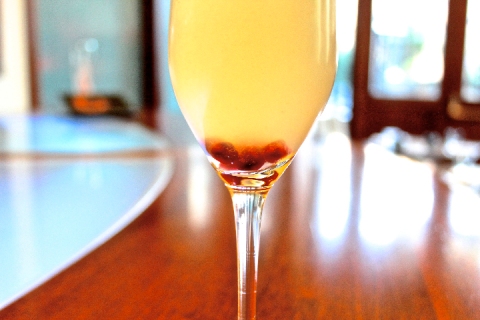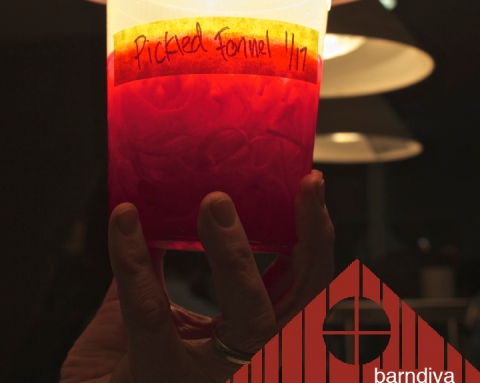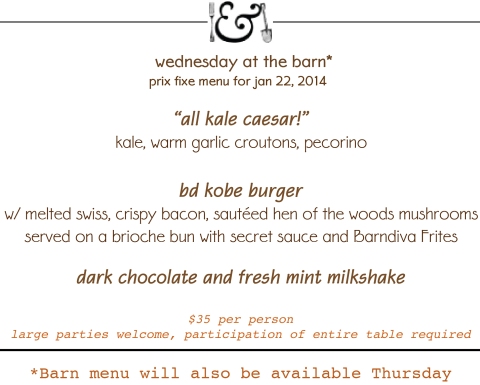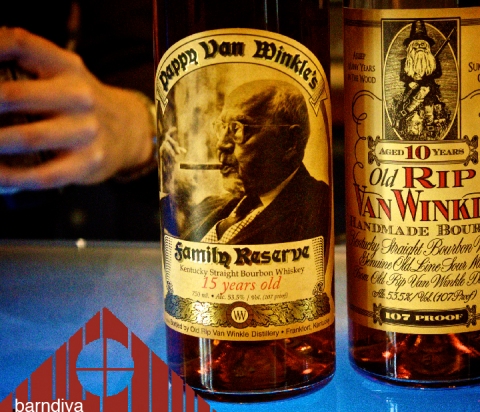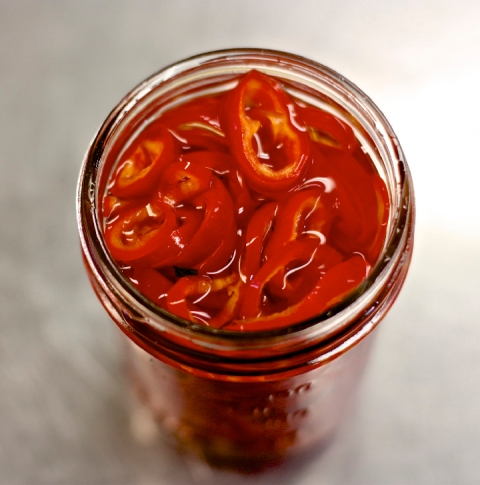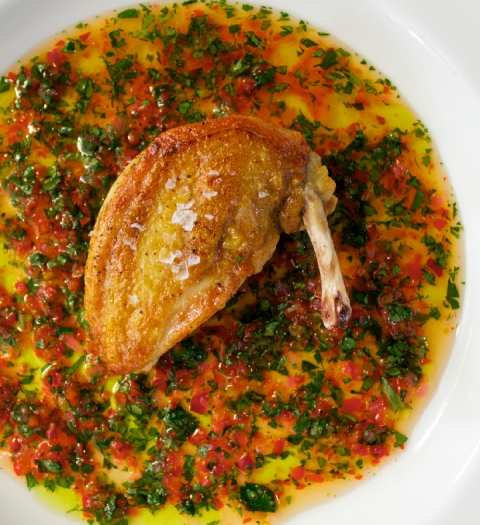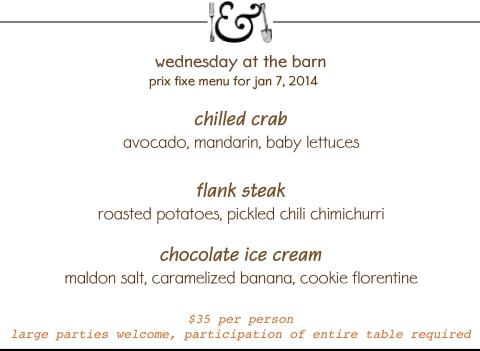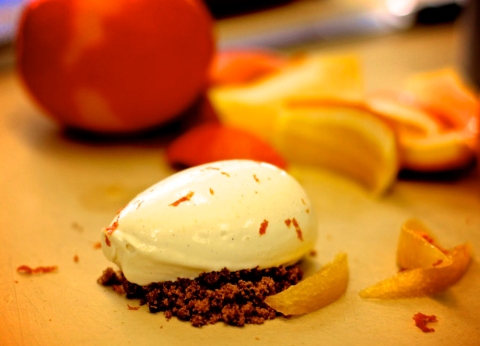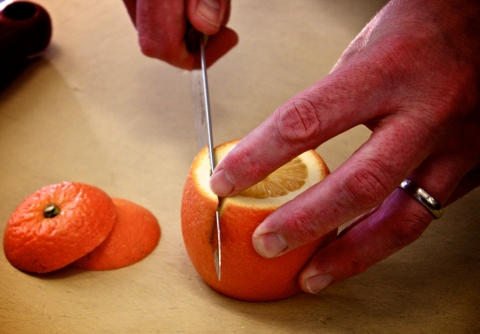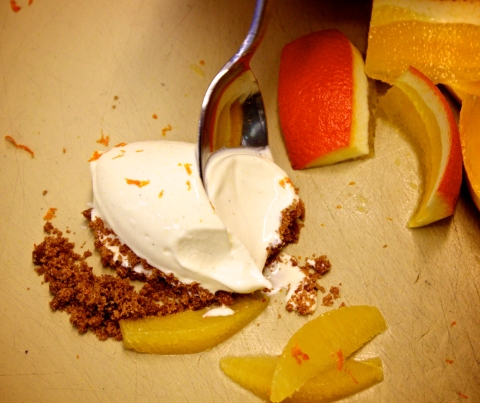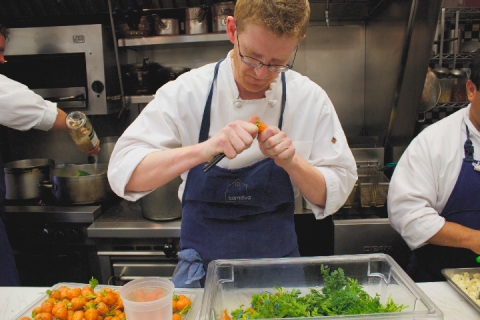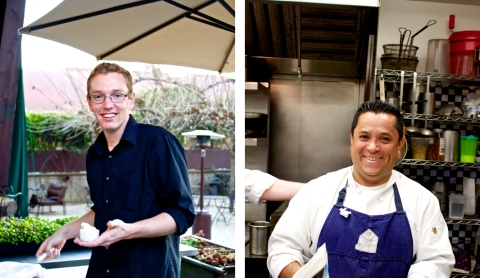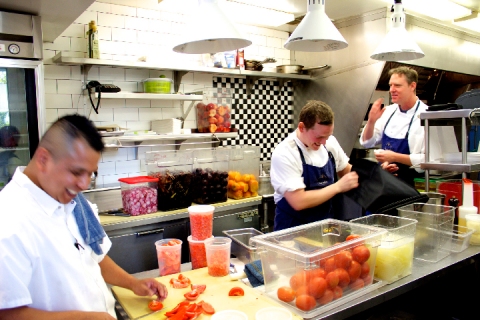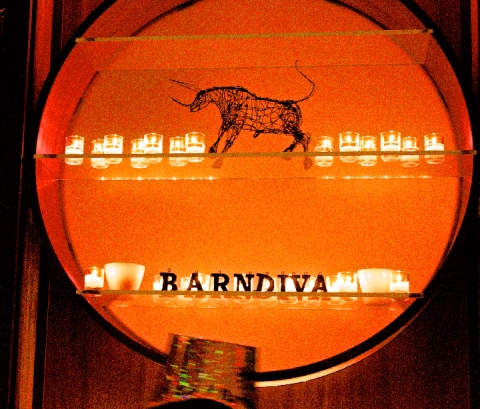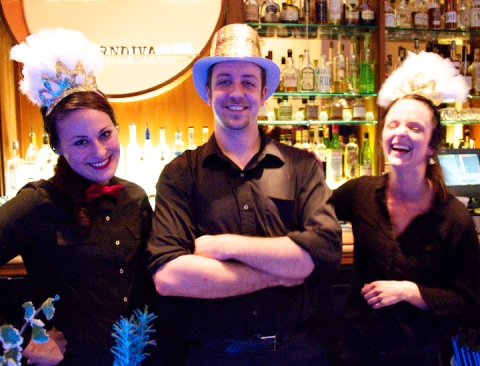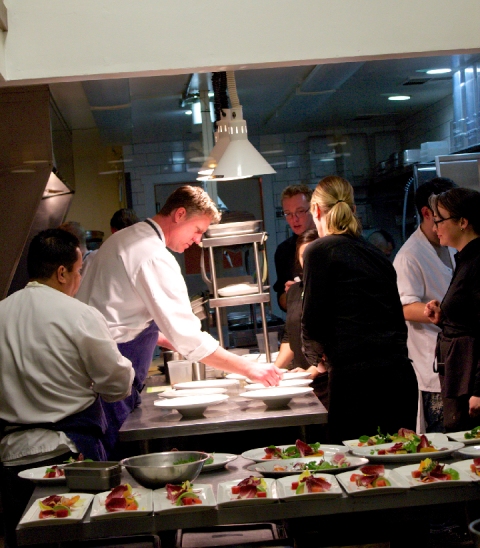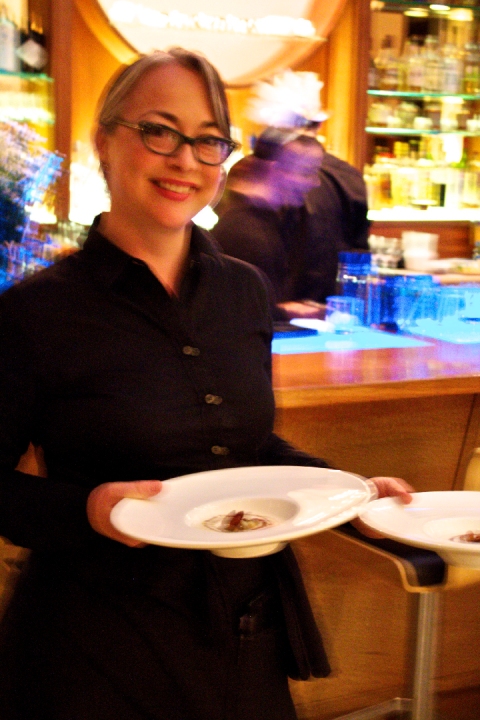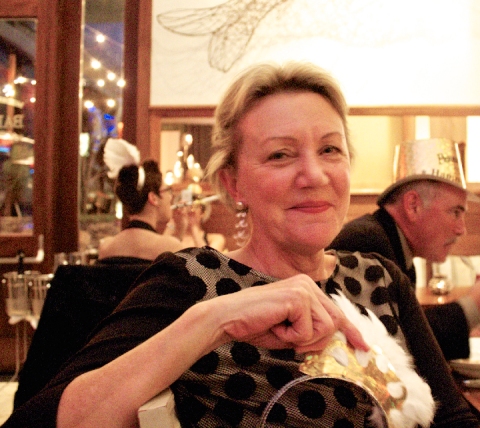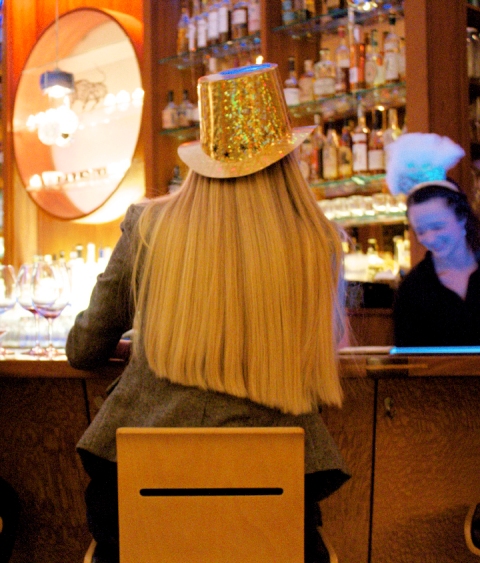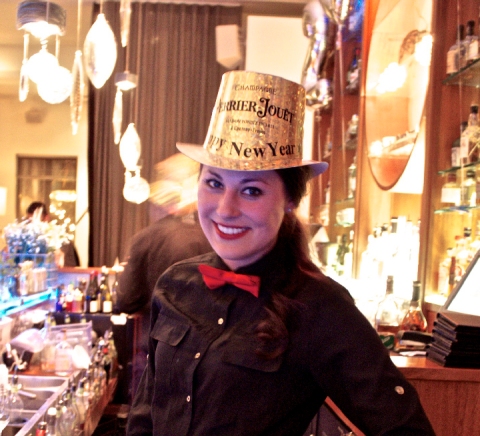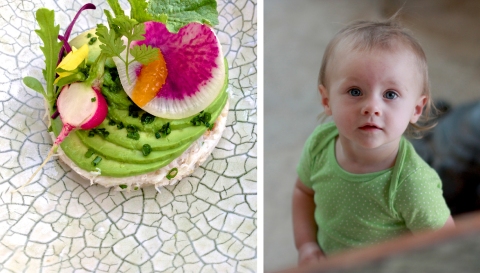I am not now nor have ever been entomologically inclined. A confirmed and unrepentant killer of flies and mosquitos or any insect whose modus operandi is spreading s--t around on tiny pointed feet or plunging a needle into some unsuspecting part of my anatomy. But oh, the industry and grace of diaphanous winged things like dragonflies, butterflies and bees! These insectum, who live their relatively short lives in frenzied activity, are astounding life forms.
With the ability to move 360 degrees in any direction at 30 miles an hour calibrating the trajectory of a moving target with 95% accuracy, dragonflies are one of the most effective hunters on the planet. With a brain the size of a sesame seed, its wings stroking at 200 beats per second, the honeybee can differentiate and retain the location of hundreds of floral varieties in an instant - noting whether they carry pollen or nectar. Butterflies can taste with their feet to ascertain whether a leaf is good enough food (for the eventual caterpillar) to lay eggs on; they wear their skeletons on the outside (the better to keep the water on the inside) and have wings made of chitin, which work like solar panels to soak up sunlight without which they cannot fly.
Those are pretty astounding facts. But it’s the animate experience of them I’m reveling in this Summer. Stop moving and sit, just sit, directly inside the world of these beautiful fliers and your perception of them will change forever.
Gloriously colored, multi-legged, compound-eyed, these beautiful organisms are one of nature's most successful arguments to the theory that superior form is one that follows function.
Unlike humans, insects coexist - when they chance to kill one another it is not out of greed or prejudice but hunger or fear, even for those flying insects - like bees - that can kill in unison. Remarkably, huge though we are, they are not the least perturbed by us, more occupied with being industrious than suspicious. Sitting for hours one recent summer day amongst dragonflies, bees, butterflies and hummingbirds - not technically insects but fellow travelers in the communal hunting and gathering space - I was struck by the fact that they didn’t register me at all, as predator or prey. They couldn’t have cared less that I was there. Which, whether you carry a camera or not, can be a wonderfully liberating proposition.
For all their diminutive size the cacophony these little guys make in unison is nothing short of thunderous. We’ve all had a dragonfly moment when one whizzes by close enough to shave eyebrow off; we’ve all watched bees gathering honey across a meadow of flowers. But sitting low to the ground in the middle of a large plot of soil that is flowering for any length of time alters your perception not just of nature, but of sound, as opposed to noise. Reminding ourselves of the difference is curiously therapeutic.
We have a lot of flying insects up here, to be sure. In Spring we have flowering chestnuts, filberts, and walnuts followed by blossoming orchards of apples, pears, peaches, plums, cherries and figs. All summer long well into late fall we have roses blooming everywhere, lavender lawns, flowering shrubs and vines. You can’t be up here through the year and not notice that insect activity never really ceases, only slowing around the time the bears disappear, starting up in again at end of January.
But while I’ve always “known” that this coterie of flying insects contributes in profound ways to our life here on the ridge, what comes from sustained listening and study of their aerial patterns - which seem random but are not - bumps right up against personal revelation.
I am incredibly grateful for the forty jars of honey Vidal collected this year, but beyond what we can eat or serve at the restaurant it’s the notion that we all share this ridge top together in a mutually beneficial dance that makes me incredibly happy. I plant the fruit trees and flowers, they keep them going.
I doubt I will stop murdering flies and mosquitos anytime soon, but with an expanding awareness of the connective tissue that contributes to making a working farm healthy as well as productive, I’m looking at every flowering thing out there now, across the clover lawn all the way to the edge of the redwoods that surround the ridge, with new found respect. Which is always a good start to turning over a new leaf. Whatever you hope to find there.
We will be serving Vidal's apple blossom honey with our award winning Jonathan Apples on Barndiva's cheese course for as long as the honey and the apples last. Our apple crush is scheduled for next week, so if you enjoyed those incredible complimentary heirloom apple juice shooters last year, plan on coming by the barn after September 24th. We will have a little less juice this year, as we are finally producing an Apple Cider Vinegar, but serving shooters to Friends of the Barn and to all our diners at the start of lunch or dinner has become a treasured Fall tradition. Let us share it with you.

















